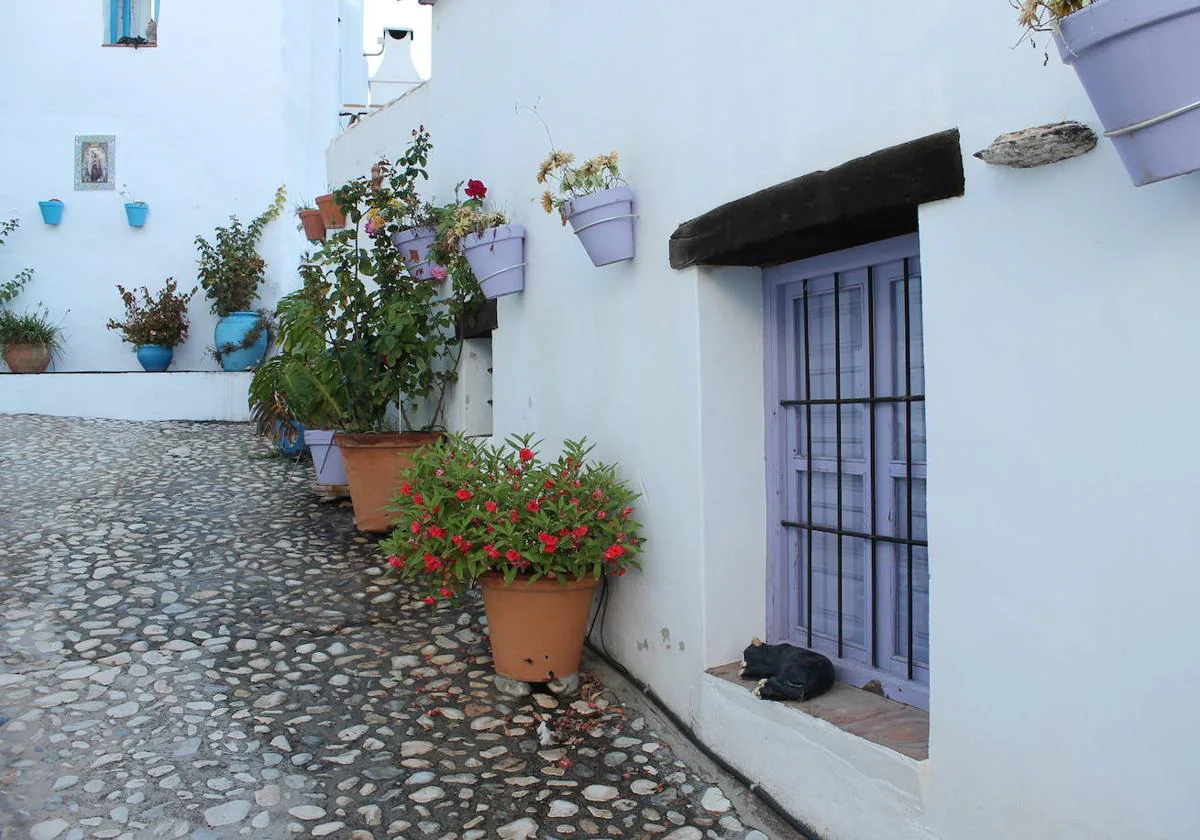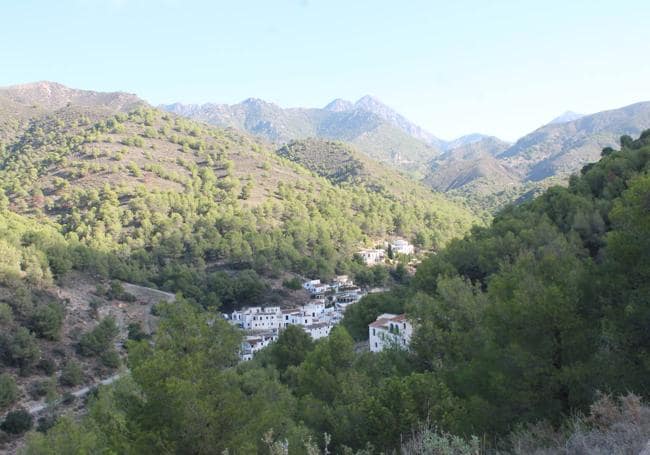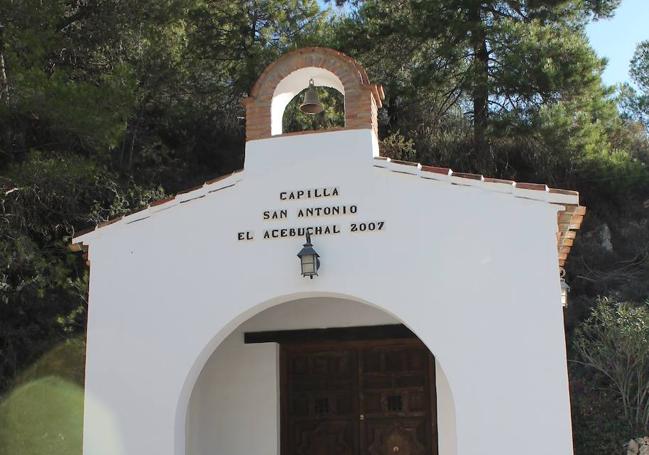

Sections
Highlight

It has now been 20 years since the village of El Acebuchal was connected to an electricity supply network. It is surely one of the least important milestones in the history of this small village in Malaga province's Axarquía region, which suffered some more complex changes between the Civil War and the end of the 1940s.
In 1949 its few inhabitants had to abandon it. Franco banned anyone from living there because of its alleged support for the maquis, the meagre resistance to the dictatorship, who, according to the history books, took refuge on the slopes of the Almijara mountain range.
The village spent half a century in absolute oblivion until, at the end of the nineties, when some locals and Cómpeta town hall began to refurbish the first of the semi-ruined houses.
Little by little, houses were restored and streets were repaired. After installing electricity in 2003, the village began to hit other milestones, such as running water. Many locals were involved in restoring the village, in particular, the García family, who helped in the reconstruction of what was once the home of their parents and grandparents.
With these key improvements, the village, located in the Sierras de Tejeda, Almijara and Alhama natural park, is today an authentic rural tourism complex, ideal for those seeking to disconnect from urban life in one of the most peaceful enclaves in Malaga.
El Acebuchal was a sparsely populated village when it was abandoned under the Franco regime, which is evident today from a stroll through its streets and immediate surroundings. However, this small village in the Axarquía region played an important strategic role for the villages in the Almijara mountain range, such as Cómpeta, or Frigiliana, which is barely eight kilometres away along tarmac and dirt tracks.
The village originates from the 18th century and was a place of passage for travellers and mule drivers, who used to travel along those uneven and beaten paths.
The village centre, small but long, is located next to the Acebuchal stream, which begins to flow along the road to Granada and is just a few metres from the ruined Venta Cebollero.

The little village is a long way from other villages in Axarquía. Here there are no raisin farmers or wineries as in the Ruta de la Pasa (Raisin Route). Nor avocado or mango trees as in the neighbouring Frigiliana. A dense pine forest protects this village from erosion on this slope of the Sierra de Almijara.
It is possible to get there by car from both Frigiliana and Cómpeta. From Frigiliana, it takes around a quarter of an hour; from the latter, almost twice as long. In any case, it should be kept in mind that part of the route will be on dirt tracks with winding bends.
Another way to get there is on foot. Today El Acebuchal is one of the main milestones on the sixth stage of the Gran Senda de Málaga hiking route, which links Frigiliana with Cómpeta. From the first of these two towns it can take around two hours at a moderate pace. In the last few metres you will discover this village with its curious history.
During the early hours of the morning, the town centre, which is embedded in the hillside, remains shaded. Sunlight also disappears earlier than in other towns in the area due to its location in a valley.

All this makes El Acebuchal a unique place, where you can hear and read about curious legends. One of them, about a girl who died in the village, can be read in a mosaic located in a small hamlet that is a must for those who walk or drive from Frigiliana.
Inside the town centre there is a pretty route through two streets, cobbled and decorated with colourful flower pots, doors and windows. In addition, there are sculptures and paintings of cats, poems and other elements that make this secluded town centre unique.
Today El Acebuchal has several rural houses and even a restaurant and a bar, where you can taste some typical dishes of the area.
Publicidad
Publicidad
Publicidad
Publicidad
Esta funcionalidad es exclusiva para registrados.
Reporta un error en esta noticia

Debido a un error no hemos podido dar de alta tu suscripción.
Por favor, ponte en contacto con Atención al Cliente.

¡Bienvenido a SURINENGLISH!

Tu suscripción con Google se ha realizado correctamente, pero ya tenías otra suscripción activa en SURINENGLISH.
Déjanos tus datos y nos pondremos en contacto contigo para analizar tu caso

¡Tu suscripción con Google se ha realizado correctamente!
La compra se ha asociado al siguiente email
Comentar es una ventaja exclusiva para registrados
¿Ya eres registrado?
Inicia sesiónNecesitas ser suscriptor para poder votar.